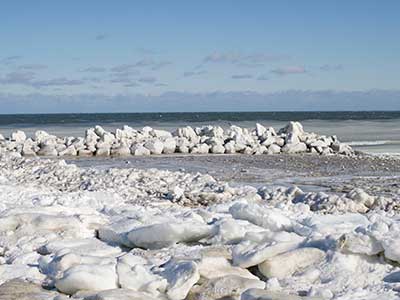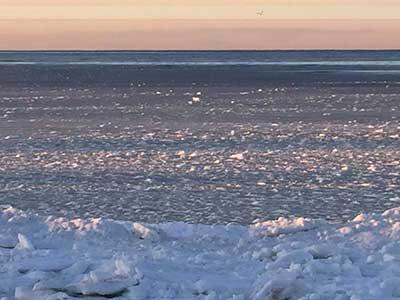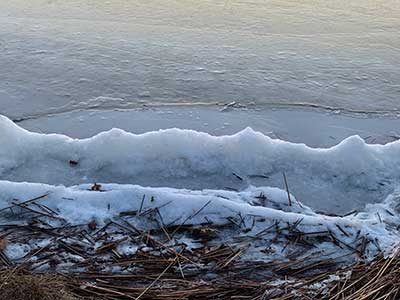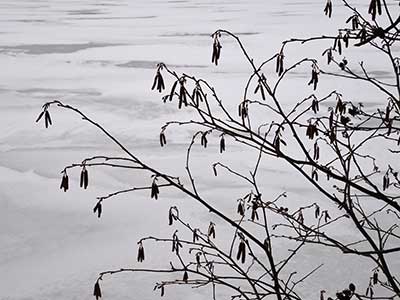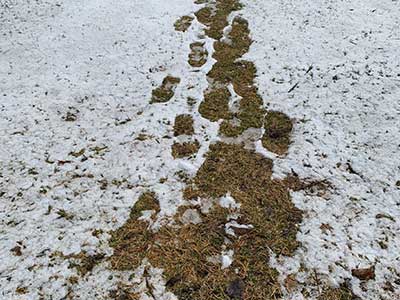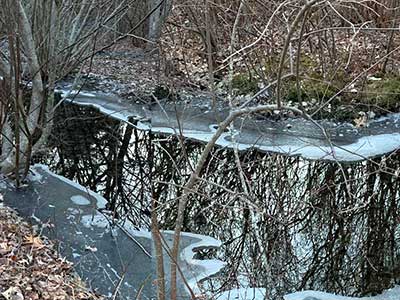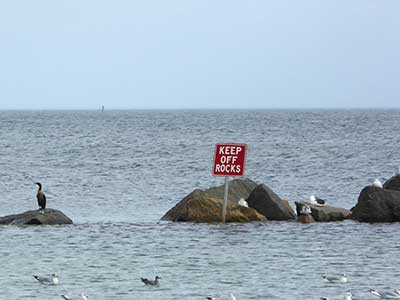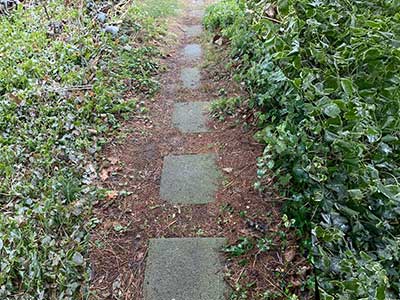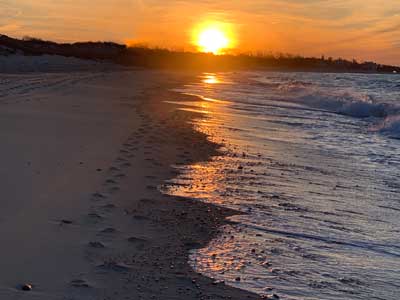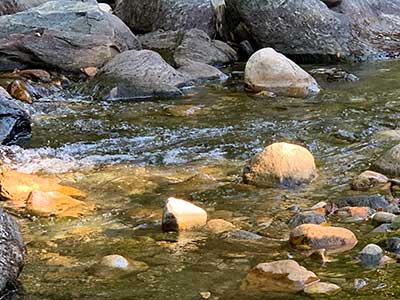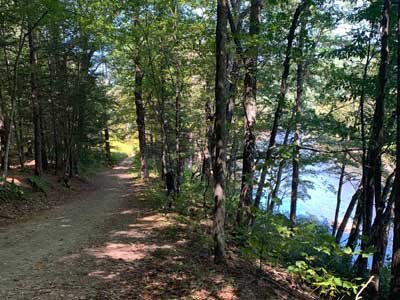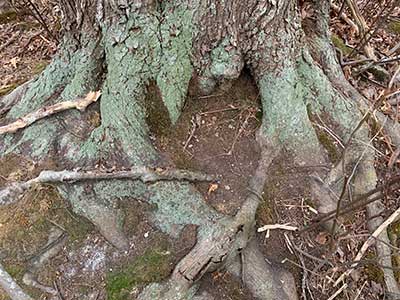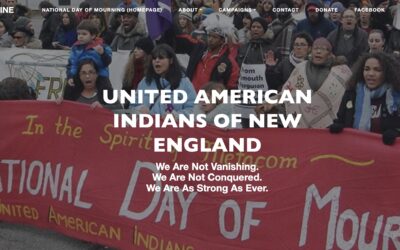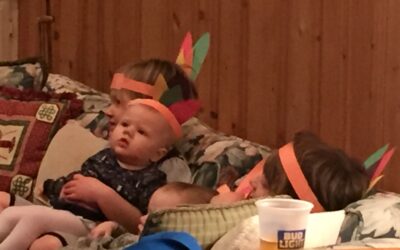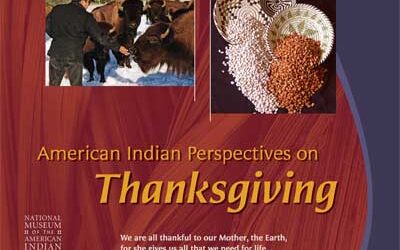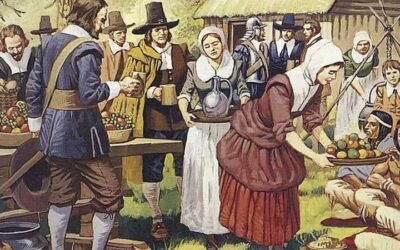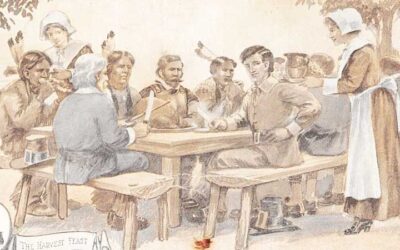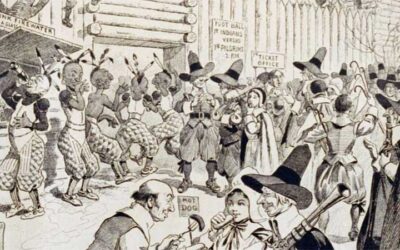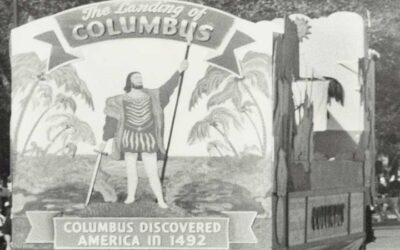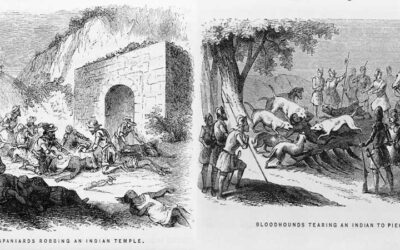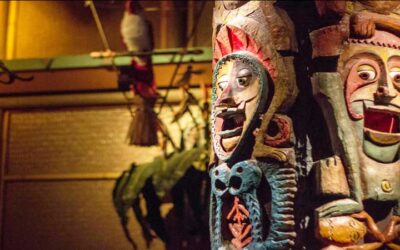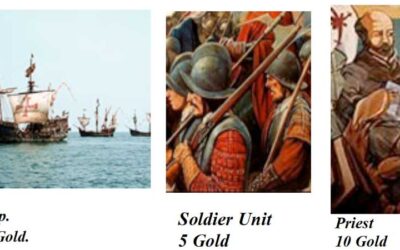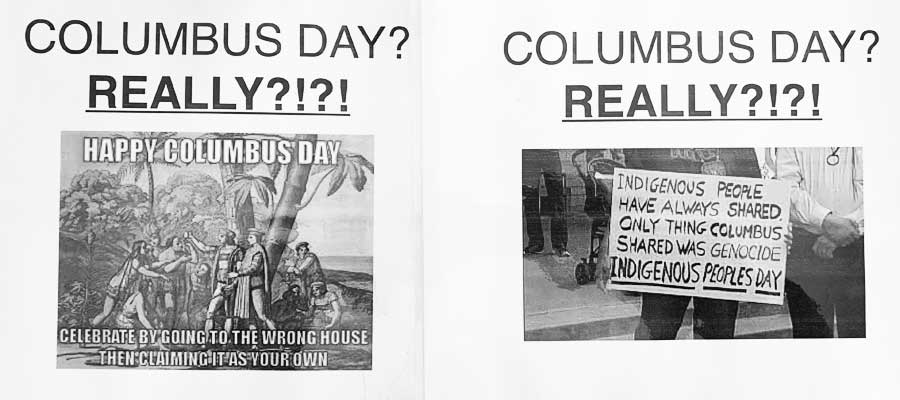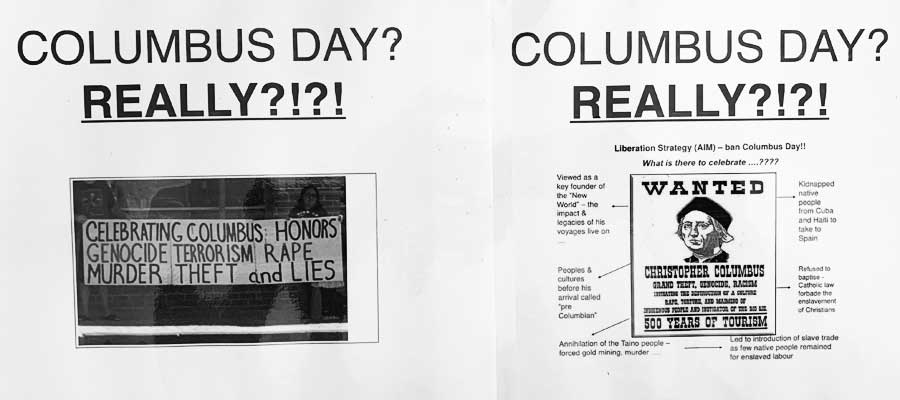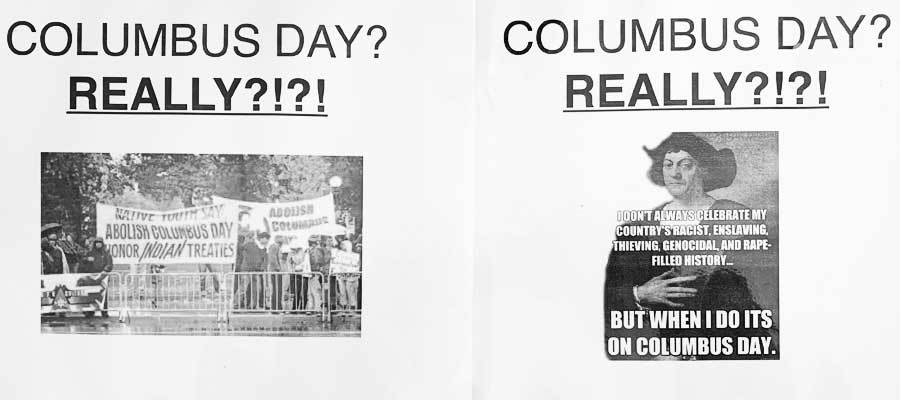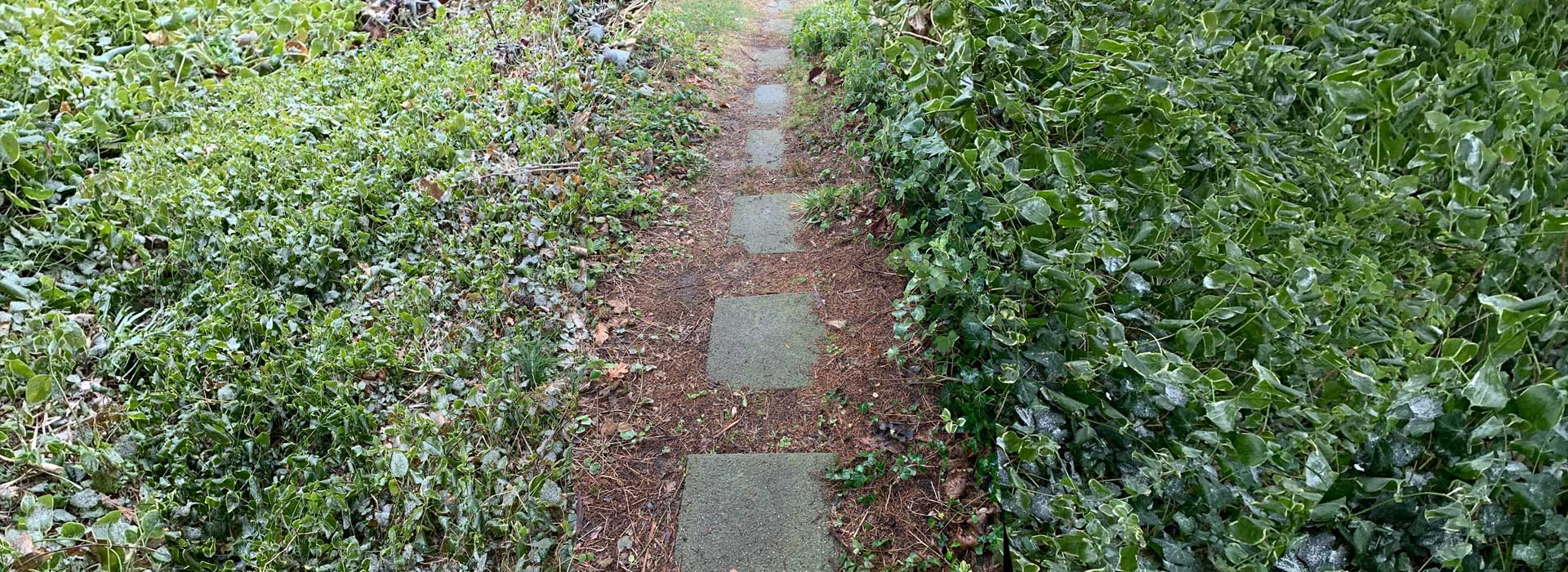
Thanksgiving
There are few generalities that apply to all Indigenous people in the Americas. The one exception is giving thanks. Native People have a a wide variety of ceremonies, both personal and communal, that take place both daily and at specific times throughout the year to express gratitude for the Creator’s gifts. Native People have always held events and ceremonies to give thanks for large and small things, for life events such as the birth of a child and in the early spring, prayers for a successful growing season.
Most human cultures have similar practices. If we truly aspire to heal and move into wholeness, into real, right relationship with all the diverse cultures and peoples, then we must understand the elements that keep us separated.
Giving or Taking?
First Contact
Myths of overcoming adversity by strength of character and intellect are difficult to reexamine particularly if they are framed by being generous to those considered less “civilized” . This is especially true if they are enshrined in a society wide ritual that cements bonds of family, friendship and community i.e. Thanksgiving.
As we deconstruct this specific myth, its important to understand that it chronicles one encounter out of probably thousands.
FACTS:
- The Pilgrims landing on Plymouth Rock was not the 1st contact Wampanoag people had with the English. Trading had been taking place for decades, Did you ever wonder why “Squanto” spoke English? In fact, in 1614 “Squanto” whose real name was Tisquantum, along with four other Wampanoag men, was kidnapped by an Englishman named Thomas Hunt who attempted to sell them into slavery in Spain. Click here to read the full story.
- While there was warfare between Tribes it was not like that of the Europeans “Their Warres are farre less bloudy…” so that there usually was “… no great slawter of nether side”. “They might fight seven yeares and not kill seven men,” sparing women and children. [1.]
- In Virgina, Governor Thomas Dale had settlers who were friendly with the indigenous people “hanged some burned some to be broken upon wheles, others to be staked and some shott to deathe.” For the native people of Virginia: “… when an Indian was accused by an Englishman of stealing a cup and failing to return it, the English response was to attack the natives in force, burning the entire community down.” [ibid]
- The Massachusetts Puritan commander-in-charge John Mason wrote: “And indeed such a dreadful Terror did the Almighty let fall upon their Spirits, that they would fly from us and run into the very Flames, where many of them perished… God was above them, who laughed his Enemies and the Enemies of his People to Scorn, making them as a fiery Oven… Thus did the Lord judge among the Heathen, filling the Place with dead Bodies.” “the Lord was pleased to smite our Enemies in the hinder Parts, and to give us their land for an inheritance” … “Sometimes the Scripture declareth women and children must perish with their parents” … other colonists’ wrote: “… Blood Hounds to draw after them, and Mastives to seaze them.” This was inspired by Spanish methods of the time. In this way they continued until the extermination of the Pequots was near its completion. [ibid]
- Before the arrival of the English, the western Abenaki people in New Hampshire and Vermont had numbered 12,000. Less than half a century later about 250 remained alive, a destruction rate of 98%. The Pocumtuck people had numbered more than 18,000, fifty years later they were down to 920, 95% destroyed. The Quiripi-Unquachog people had numbered about 30,000, fifty years later they were down to 1500, 95% destroyed. The Massachusetts people had numbered at least 44,000, fifty years later barely 6,000 were alive, 81% destroyed.
- Reverend Solomon Stoddard in “… 1703 formally proposed to the Massachusetts Governor that the colonists be given the financial wherewithal to purchase and train large packs of dogs ‘to hunt Indians as they do bears’. [ibid]
[1.] D.Stannard, American Holocaust, Oxford University Press 1992.
Giving thanks and Thanksgiving are very different things. At worst the holiday of Thanksgiving expresses the gratitude of those who hold onto the colonial mindset for the genocide of Indigenous people. At its best it reinforces ignorance of both history and context.
NATIONAL DAY OF MOURNING
Since 1970, Indigenous people & their allies have gathered at noon on Cole’s Hill in Plymouth to commemorate a National Day of Mourning on the US Thanksgiving holiday.
Dispel the Myths of Thanksgiving
Q1)
WHO INVENTED THANKSGIVING?
——————————————————————–
Q2) DID PILGRIMS AND INDIANS LIKE EACH OTHER?
——————————————————————–
Q3) DID THE MEAL PICTURED IN THANKSGIVING PAINTINGS EVER
HAPPEN?
Essayist: Why I Don’t Celebrate Thanksgiving
I have been taught to give thanks every day, not just on the one day of the year that other people say we should be the most grateful.
I myself don’t celebrate the day called Thanksgiving. For me, what we are celebrating is the arrival of colonialism.
This tribe helped the Pilgrims survive for their first Thanksgiving.
They still regret it 400 years later.
Long marginalized and misrepresented in the American story, the Wampanoags are braced for what’s coming this month as the country marks the 400th anniversary of the first Thanksgiving between the Pilgrims and Indians.
History Matters: Murder of Natives by Myles Standish
Following the captain’s “terrifying whirlwind of violence,” Philbrick writes that Standish carried the head of Wituwamat back to New Plymouth. His soldiers were “received with joy.” Hailed as a hero, Standish mounted the severed head of the Indian warrior on a pole and displayed it on the roof of the fort.
American Indian Perspectives on Thanksgiving
“FOR TEACHERS GRADES 4–8
A PDF that can help tell the real story.
“Environment: Understanding the Natural World
The Wampanoag people have long lived in the area around Cape Cod, in present-day Massachusetts.
The Myths of the Thanksgiving Story and the Lasting Damage They Imbue
In truth, massacres, disease and American Indian tribal politics are what shaped the Pilgrim-Indian alliance at the root of the holiday.
The myth is that friendly Indians, unidentified by tribe, welcome the Pilgrims to America, teach them how to live in this new place, sit down to dinner with them and then disappear.
The Wampanoag Side of the First Thanksgiving Story
Turner said what most people do not know about the first Thanksgiving is that the Wampanoag and Pilgrims did not sit down for a big turkey dinner and it was not an event that the Wampanoag knew about or were invited to in advance.
Thanksgiving Is Another Reminder
In a December 1862 letter to the Senate, President Abraham Lincoln ordered the execution of 39 Sioux citizens. …
Ten months later, Lincoln signed another letter. This one was a proclamation: As of October 3, 1863, the president, hoping to bring a symbolic sense of calm and joy to a nation torn in two by the still-raging Civil War, declared the fourth Thursday in November to be “a Day of Thanksgiving and Praise.”
When it officially began, the day the US calls Thanksgiving had nothing to do with the 1620 Pilgrims and Wampanoag story. In 1789 George Washington called for national day of thanks on the last Thursday of November to commemorate the end of the Revolutionary War and the ratification of the Constitution. The first official proclamation of an official national Thanksgiving holiday didn’t come until 1863, President Abraham Lincoln called for an annual Thanksgiving celebration on the final Thursday in November. In the proclamation he never mentioned “Pilgrims or Indians” rather he invited us all to something we might do well to authentically honor as it is most relevant to where we are here and now:
“my fellow-citizens… set apart and observe the last Thursday of November next as a Day of Thanksgiving and Praise to our beneficent Father who dwelleth in the heavens. And I recommend to them that, while offering up the ascriptions justly due to Him for such singular deliverances and blessings, they do also, with humble penitence for our national perverseness and disobedience, commend to His tender care all those who have become widows, orphans, mourners, or sufferers in the lamentable civil strife in which we are unavoidably engaged, and fervently implore the interposition of the Almighty hand to heal the wounds of the nation, and to restore it, as soon as may be consistent with the Divine purposes, to the full enjoyment of peace, harmony, tranquility, and union.”
- In 1621 the Pilgrims did celebrate the harvest with an English tradition called the feast of Harvest Home held at the time of the Harvest moon. Though Harvest Home traditions varied from village to village, all were meant to celebrate the conclusion of the farming year and the completion of a successful harvest. The menu probably did have Pumpkin pie was a staple on New England Thanksgiving tables as far back as early 1700’s.
- At the time they wrote: “And God be praised we had a good increase… Our harvest being gotten in, our governor sent four men on fowling, that so we might after a special manner rejoice together after we had gathered the fruit of our labors. They four in one day killed as much fowl as, with a little help beside, served the company almost a week.
- Referencing relations with Wampanoag people they wrote: “At which time, amongst other recreations, we exercised our arms, many of the Indians coming amongst us, and among the rest their greatest king Massasoit, with some ninety men, whom for three days we entertained and feasted, and they went out and killed five deer, which they brought to the plantation and bestowed on our governor, and upon the captain and others. And although it be not always so plentiful as it was at this time with us, yet by the goodness of God, we are so far from want that we often wish you partakers of our plenty.” Edward Winslow, Mourt’s Relation 1622
(Note the Pilgrims claimed they “feasted the “Indians” while Massasoit brought 5 deer, one deer can feed about 150 people.
There are many ways that Indigenous culture is mythologized. Disney and other cartoons were one place that presents a distorted view.
Christopher Columbus
First Contact
“When Christopher Columbus first set foot on the white sands of Guanahani island, he performed a ceremony to “take possession” of the land for the king and queen of Spain, acting under the international laws of Western Christendom. Although the story of Columbus’ “discovery” has taken on mythological proportions in most of the Western world, few people are aware that his act of “possession” was based on a religious doctrine now known in history as the Doctrine of Discovery. Even fewer people realize that today – five centuries later – the United States government still uses this archaic Judeo-Christian doctrine to deny the rights of Native American Indians.” Steve Newcomb, Five Hundred Years of Injustice: The Legacy of Fifteenth Century Religious Prejudice
Christopher Columbus used the Papul Bulls to comitt heinous acts of genocide and conquest against the peaceful Native people of the Caribbean. He and his men ordered all natives 14 years or older to collect a certain amount of gold every three months. Natives who didn’t collect enough gold had their hands cut off. But it was an impossible tasks. There was virtually no gold around; only a little dust in streams. Many natives fled and were consequently hunted down and killed by the Spaniards.
Bartolomé de Las Casas, a Dominican priest and part of Columbus’ voyage wrote, “They would cut an Indian’s hands and leave them dangling by a shred of skin … [and] they would test their swords and their manly strength on captured Indians and place bets on the slicing off of heads or cutting of bodies in half with one blow. … [One] cruel captain traveled over many leagues, capturing all the Indians he could find. Since the Indians would not tell him who their new lord was, he cut off the hands of some and threw others to the dogs, and thus they were torn to pieces.” – : “The Spaniards found pleasure in inventing all kinds of odd cruelties… They built a long gibbet, long enough for the toes to touch the ground to prevent strangling, and hanged thirteen [natives] at a time in honour of Christ Our Saviour and the twelve Apostles… then, straw was wrapped around their torn bodies and they were burned alive.”
“The Spaniards cut off the arm of one, the leg or hip of another, and from some their heads at one stroke, like butchers cutting up beef and mutton for market. Six hundred, including the cacique, were thus slain like brute beasts… Vasco [de Balboa] ordered forty of them to be torn to pieces by dogs.”
“The island’s population of about eight million people, at the time of Columbus’s arrival in 1492, already had declined by a third to a half before the year 1496 was out.” Eventually, all the island’s natives were exterminated, so the Spaniards were “forced” to import slaves from other Caribbean islands, who soon suffered the same fate.
Rethinking How We Celebrate American History—Indigenous Peoples’ Day
Generations of Native people, however, throughout the Western Hemisphere have protested Columbus Day. In the forefront of their minds is the fact the colonial takeovers of the Americas, starting with Columbus, led to the deaths of millions of Native people and the forced assimilation of survivors.
Unlearning Columbus Day Myths: Celebrating Indigenous Peoples’ Day
It is estimated that in the 130 years following first contact, Native America lost 95 percent of its population. …
Celebrating Columbus and other explorers like him dismisses the devastating losses experienced by Indigenous Peoples of the Western Hemisphere in the past and the ongoing effects of colonialism today.
Five Hundred Years of Injustice
When Christopher Columbus first set foot on the white sands of Guanahani island, he performed a ceremony to “take possession” of the land for the king and queen of Spain … few people are aware that his act of “possession” was based on a religious doctrine now known in history as the Doctrine of Discovery. Even fewer people realize that today – five centuries later – the United States government still uses this archaic Judeo-Christian doctrine to deny the rights of Native American Indians.
Disney’s Racist History of Native American Caricatures
Both Peter Pan and Pocahontas exploit Native American culture and deviate so far from reality that they undermined Native peoples and their unique cultures in the United States. Though very different in their inaccuracies…
Columbus Board Game
A Do-it-Yourself Columbus Board Game developed for students “To understand what the arrival of Columbus to the Americas meant to the entire world and the lasting impact it has had on us today, through an experiential process.”
Why should anyone celebrate and honor this?
The following are posters that were created and then passed out and left on tables at a large gathering of people Columbus Day 2011. Click the images to view in full size.
Broken Thankfulness
~rch | 2017
I feel broken
broken hearted
…
Broken hearted by the slaughter
planet pillaged
pipelines build carrying the earth’s blood, made toxic
by the waste, greed, profanity
Broken hearted by
the number of people in fear for their lives
because of the color of their skin
because of how they worship
because of who they love
…
the number of people hurt, angry, alone
homeless
in more ways then one
Broken hearted by my own stupidity
And broken hearted that the only thing I can do is
say thank-you
see that today is a beautiful day.
say thank-you for sitting next to a fragrant rose
Thank-you for the opportunity to if we choose
be part of the unfolding
where everyone is feed
where everyone is safe and sheltered,
respected, equal
and where everyone’s lips can say simply, thank-you
